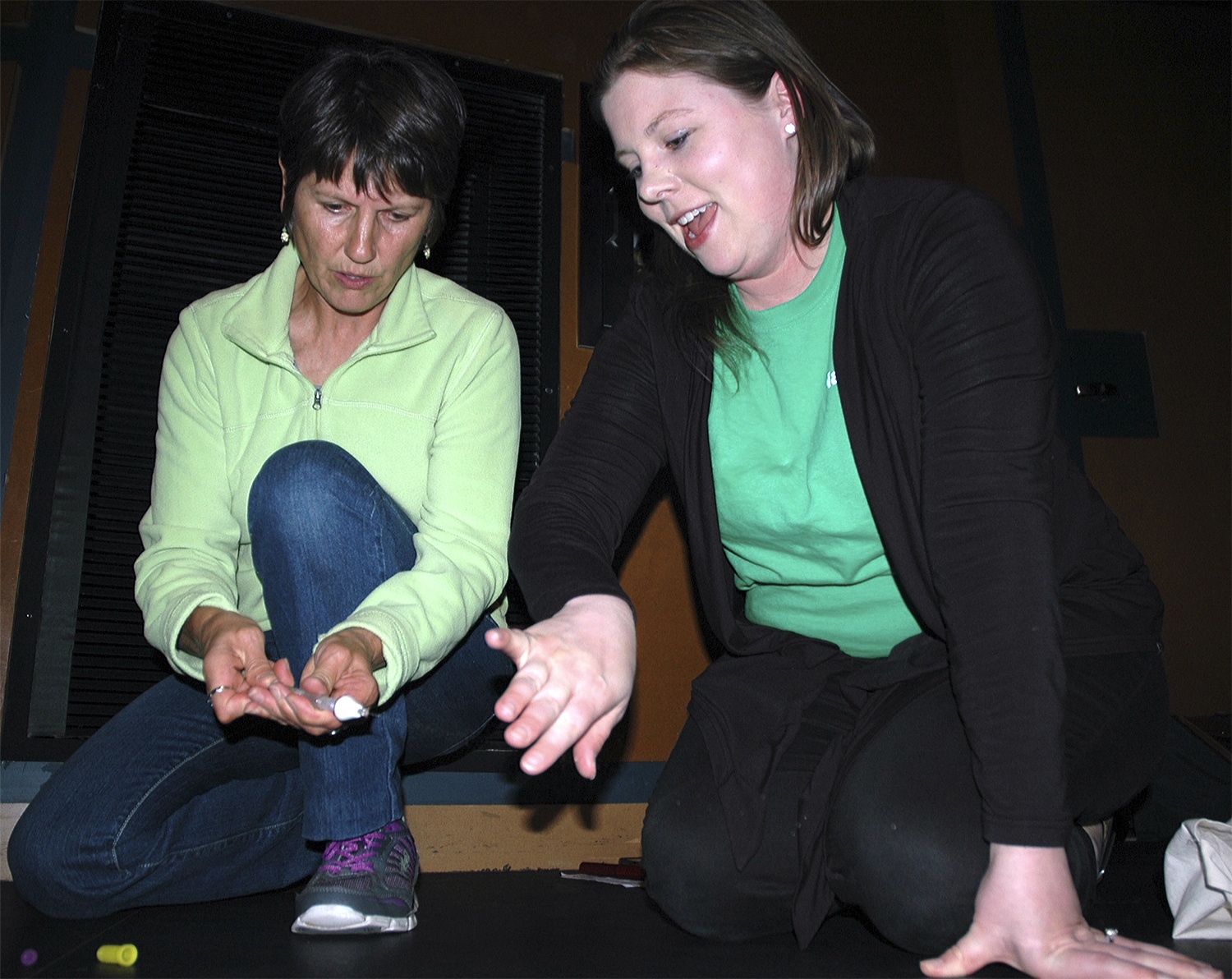ARLINGTON — Arlington Assistant City Administrator Kristin Banfield wishes to remind Arlington residents of the Aug. 6 ballot measure to approve a Transportation Benefit District for their city.
Banfield explained that the proposed TBD would fund the preservation, repair and improvement of 126 failing and near-failing road segments within Arlington, if voters were to approve a $0.002 additional sales tax for 10 years, which is projected to raise $650,000 annually from residents and non-residents alike.
“Both residents and non-residents use our roads, so they should both pay into the TBD,” Banfield said. “It would mean paying 20 cents on $100 of taxable goods purchased in the city of Arlington.”
In the weeks and months leading up to the final drafting and submission of the TBD ballot resolution and explanatory statement for the voters’ guide, Arlington City Council members have sought to send what they see as the right message to voters.
“What we should be emphasizing is that this is about the preservation and repair of our roads,” said Arlington City Council member Steve Baker, who called for the ballot resolution’s language regarding those road segments to clarify that portions of those roads are failing or near-failing, rather than the entire roads. “If it sounds like you’re saying the whole road is unsafe, but several blocks look fine, people are going to say the road is good.”
“There’s no real uniformity in the segments that are deteriorating,” Banfield agreed. “It ranges from half a block to multiple blocks, depending on the roads.”
While the TBD Board has acknowledged that the sales tax increase would not necessarily cover all the costs of addressing those road segments, city of Arlington Public Works Director Jim Kelly deemed those funds essential for securing grants that could make up the difference.
“If we don’t invest in pavement preservation, it pushes our grant score way down,” said Kelly, who cited the significant percentages of federal grant monies that have been set aside exclusively for pavement preservation. “If we don’t capitalize on those funds, we lose out.”
Kelly also noted how the prioritization of road segments most in need of being addressed was determined according to the Pavement Condition Index, as well as the types and severities of pavement distresses, and the classifications of the city’s 167 lane miles of paved road surfaces under the following categories:
1. Arterials serving 6,000 or more vehicles daily.
2. Collectors serving 751-6,000 vehicles daily.
3. Streets serving 750 or fewer vehicles daily.
To see which road segments have been selected for repair and improvement, you may log onto www.arlingtonwa.gov/TBDMaps.






